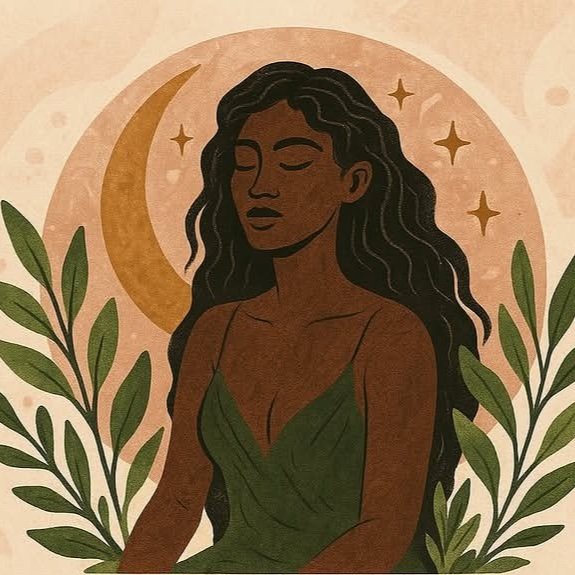The Hidden History of the Herbal Womb Keepers
Honoring the Ancestral Midwives, Healers, and Herbalists Who Kept Sacred Feminine Wisdom Alive
Long before hospitals, white coats, and synthetic pharmaceuticals, women turned to the Earth—and to each other—for healing. Among the most sacred and powerful of these ancient wisdom holders were the Herbal Womb Keepers: midwives, medicine women, and herbalists who served as protectors of the feminine temple—the womb.
These women were more than healers. They were guardians of life, death, fertility, menstruation, and spiritual rites of passage. Their legacy, though often erased, remains etched in our collective memory and is experiencing a powerful resurgence.
⸻
Who Were the Herbal Womb Keepers?
Across cultures and continents, Herbal Womb Keepers were known by many names:
• In Ancient Egypt, women practiced womb massage, used herbal pessaries, and called upon goddesses like Isis for reproductive healing.
• Among the Aztec and Maya, parteras (traditional midwives) performed abdominal binding, steam baths, and herbal infusions to restore balance before and after birth.
• In Africa, womb steams, root medicine, and sacred dance were integral parts of fertility rites and postpartum care.
• In Europe, the wise women and “cunning folk” used moon-based calendars and herbal lore to regulate cycles, ease childbirth, and soothe womb pain.
These practices weren’t just physical—they were spiritual, interwoven with ritual, chanting, divination, and lunar reverence.
⸻
Why Their Wisdom Was Suppressed
With colonization, the spread of patriarchy, and the rise of institutional medicine, these women became threats. Branded as “witches,” their traditions were demonized or destroyed:
• Witch trials across Europe saw thousands of midwives and herbalists tortured and executed.
• Indigenous womb knowledge was stripped by missionaries, settlers, and “civilizing” efforts.
• Medical authorities outlawed midwifery or demanded state licensure, marginalizing ancestral practices.
But their knowledge never disappeared—it went underground, passed through whispers, bloodlines, and ceremony.
⸻
What They Knew That We’re Remembering Today
Today, womb keepers are rising again—reclaiming their lineage and reweaving the lost threads. These are just some of the powerful practices being resurrected:
• Yoni steaming with mugwort, calendula, rosemary, and lavender
• Womb massage and castor oil packs
• Herbal infusions to support menstruation, fertility, and postpartum healing
• Moon cycle tracking for fertility awareness and emotional balance
• Ritual baths and anointing for womb blessings and loss ceremonies
Their work isn’t about fixing the womb—it’s about listening to her, remembering her sacredness, and honoring the body as temple.
⸻
Why It Matters Now More Than Ever
In a world that often disconnects us from our bodies, cycles, and roots, the womb keepers offer a map back home.
They remind us that:
• The womb is not just for bearing life—it is a seat of intuition, creativity, and power.
• Herbal healing is ancestral medicine, accessible, intuitive, and effective.
• We are part of a lineage that knows how to heal, hold, and honor ourselves and others.
⸻
A Sacred Invitation
At Hecate’s Healing Haven, we walk in the footsteps of these keepers—honoring the old ways while embracing modern insight. Through our herbal teas, tinctures, and sacred offerings, we help you reconnect with your inner healer and remember what was never truly lost.
🔗 Read more in our other blogs or visit the apothecary to start your womb wellness journey.
